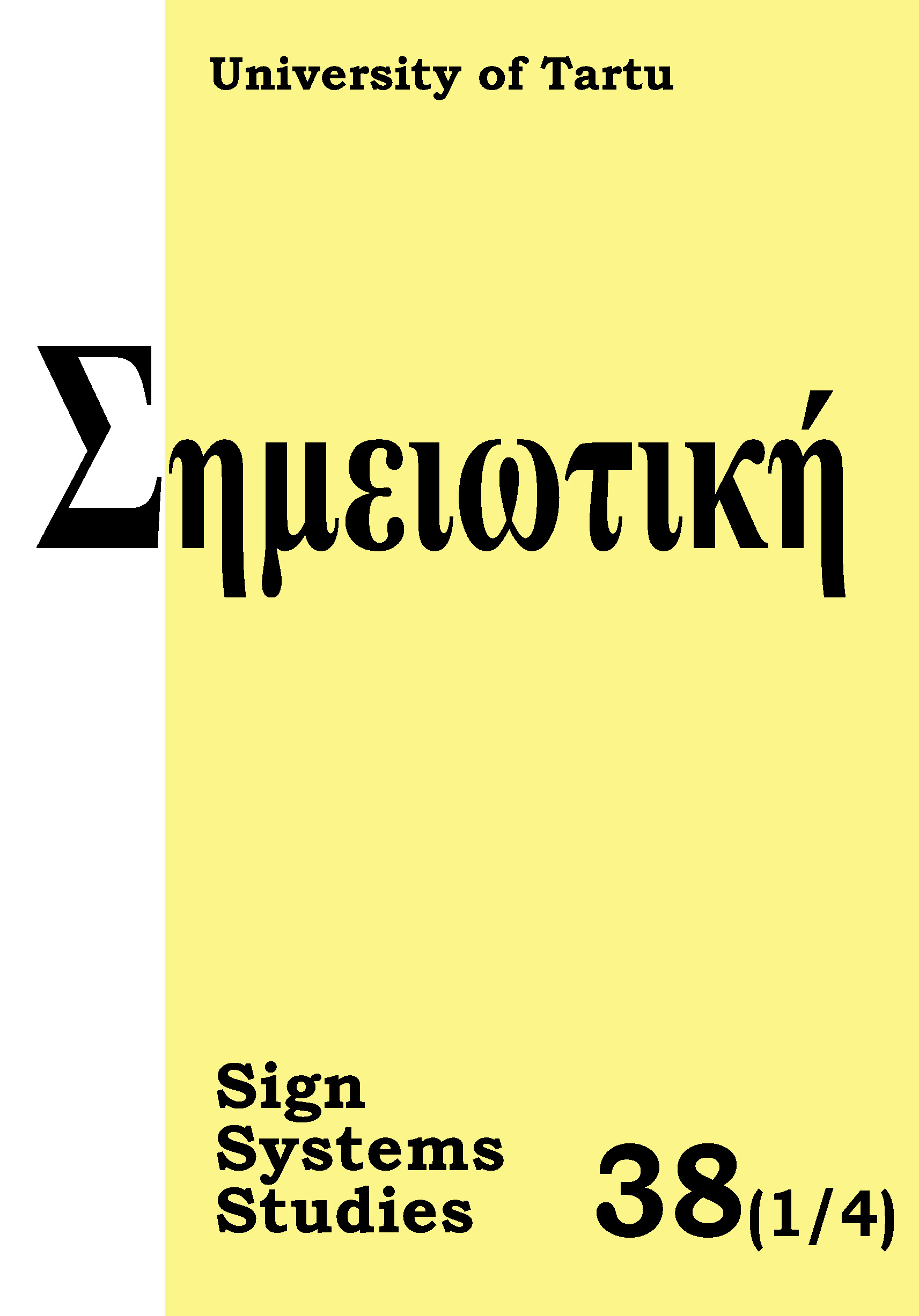An owl and a mirror: On Bosch’s visual motif’s meaning
DOI:
https://doi.org/10.12697/SSS.2010.38.1-4.08Abstract
Our main goal in this paper is to study one Hieronymus Bosch’s iconographic motif, an owl, considering the iconography, production of meaning and connotations. Pursuant to the comparative analysis of the variants of the formal model we intend to ascertain the meaning of Bosch’s “owl” motif. We supplement its pure visual legend throughout European art history with mythological and symbolic (mainly verbal) legend. Methodologically, we base the vast range of interpretations on the school of history of ideas (Aby Warburg, Ernst Gombrich, Erwin Panofsky, Francis Yates, Carlo Ginzburg) and the Tartu-Moscow school of semiotics of culture and text analysis. The article concludes that the “owl” motif, including in the works of Bosch, conveys the semantic aura of the “blind sight” (“blind foresight”). This ideological concept is in turn included into the archaic concept of mutual communication between the worlds carried out by a mythological observer — shaman, trickster.Downloads
Download data is not yet available.
Downloads
Published
2010-12-01
How to Cite
Melnikova-Grigorjeva, J., & Bogdanova, O. (2010). An owl and a mirror: On Bosch’s visual motif’s meaning. Sign Systems Studies, 38(1/4), 210–241. https://doi.org/10.12697/SSS.2010.38.1-4.08
Issue
Section
Articles


